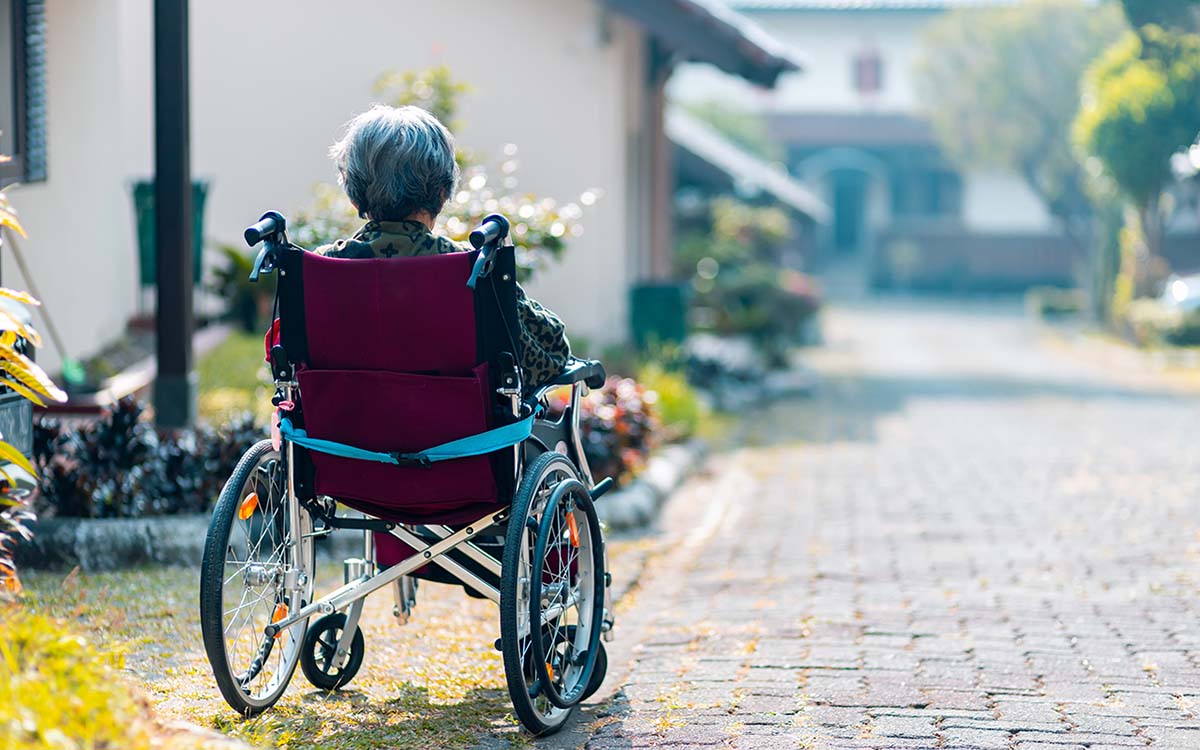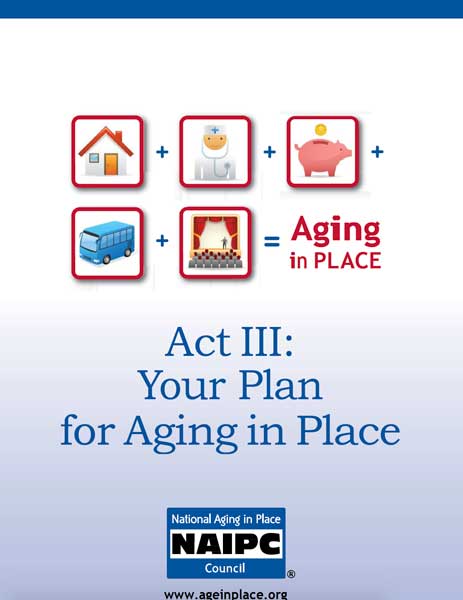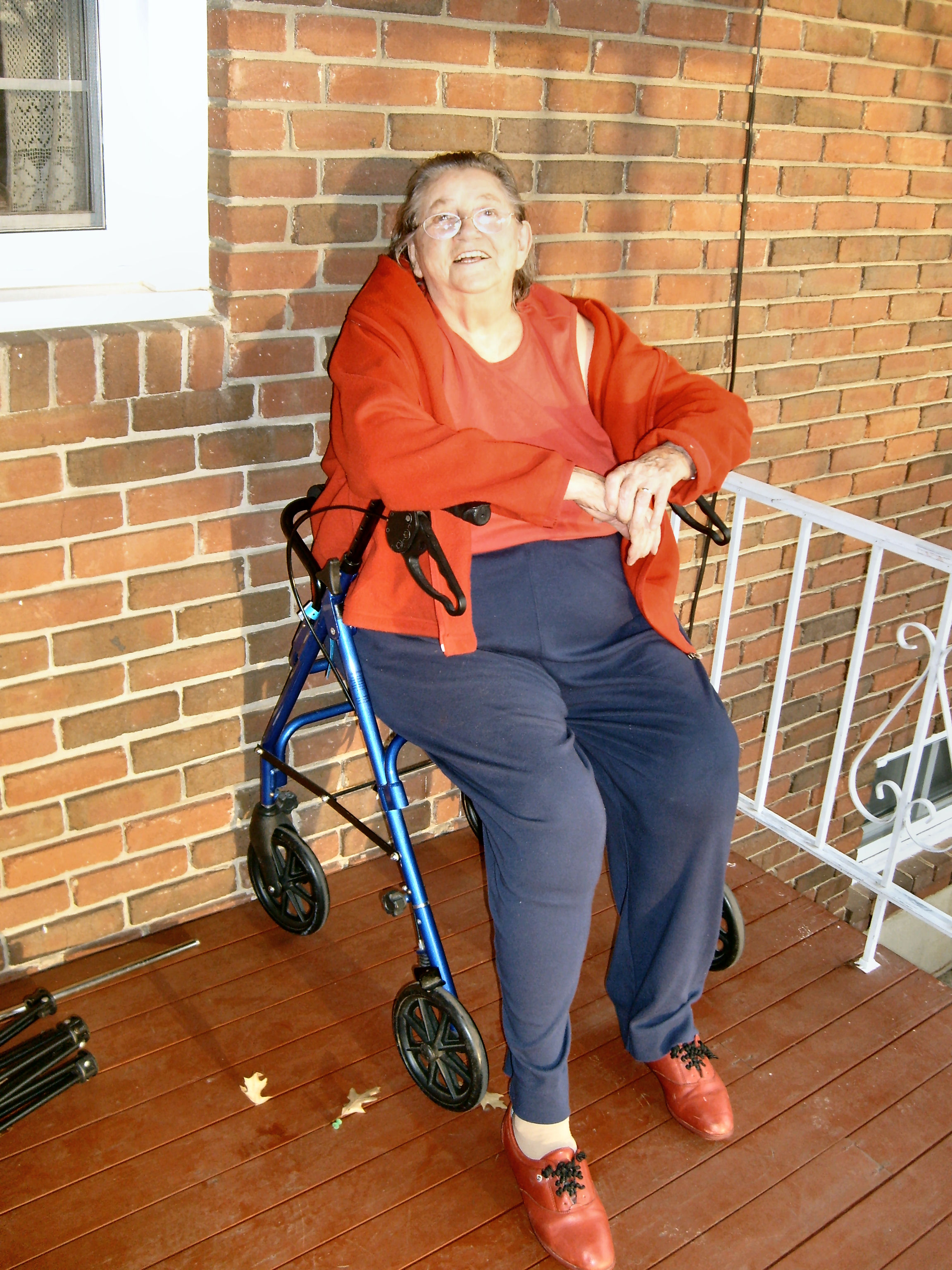I have been telling you about the Livable Homes Tax Credit for years in Housing Matters. The LHTC is the Virginia state income tax credit that allows homeowners or contractors to take up to $5,000 off their state income tax liability if they build an accessible home or make accessible home modifications to their existing homes. This tax credit has certainly been a benefit to many people in helping to offset the expenses of home modifications to enhance accessibility. Home modifications are extremely important in a world where 10,000 people a day are turning 65, almost everyone wants to stay in their home, and most of us live in Peter Pan housing (Housing built for people that never grow old).
Against this backdrop, there has been an effort for many years to pass Federal legislation to provide a tax break for people modifying their homes to enhance accessibility. At the forefront of this effort is Louis Tenenbaum. Louis was a remodeling contractor, who was asked to remodel a bathroom to meet the needs of an individual with significant mobility impairments. Just like the first time I was asked to do something like that, he had no idea how to proceed. In the process of researching that project he came face to face with the reality that many people need modifications, but don’t know how to go about getting them. That was over 30 years ago, and since then, Louis has become a tireless advocate of aging in place and making it easier for people through home modifications. Louis founded the Homes Renewed Coalition. Their mission is to significantly increase the number of American homes prepared for residents to live throughout the modern lifespan by conducting research and educating consumers and legislators.
Due to the efforts of Louis and other members of the coalition (I am proud to be a member), a tax bill is scheduled to be introduced in Congress that will make home modifications for accessibility tax deductible up to $60,000. The bill would allow homeowners to use funds from their IRAs, 401Ks, and other retirement plans without penalty. It has been estimated that, if enacted, this legislation would save homeowners an average of 20% on home improvement projects that increase the safety and accessibility of their homes. And while they are waiting for the Congressional Budget Office to score the bill, the Homes Renewed Coalition has a study called Making it Safe to Age in Place that makes the case that the lost tax revenue to the government would be more than offset by the savings from reduced falls and other injuries sustained by older Americans because they live in Peter Pan housing.
The adage, “an ounce of prevention is worth a pound of cure” certainly applies here. It has never made sense to me that Medicare will pay for a wheelchair but not a wheelchair ramp or that they will pay for treatment for a broken hip but not a grab bar to help prevent a broken hip. Just as tax incentives for solar energy or electric vehicles have incentivized people to utilize these technologies, this bill will incentivize more people to create safe and accessible homes for themselves and their loved ones.
I am excited about the potential to help more people stay safely and comfortably in their homes as long as they choose to. This legislation has been a long time in the making and it is exciting to see it moving forward. For more information about this bill as it progresses, log in to Homes Renewed Coalition or email me at cmoore@solidrockenterprises.com.



